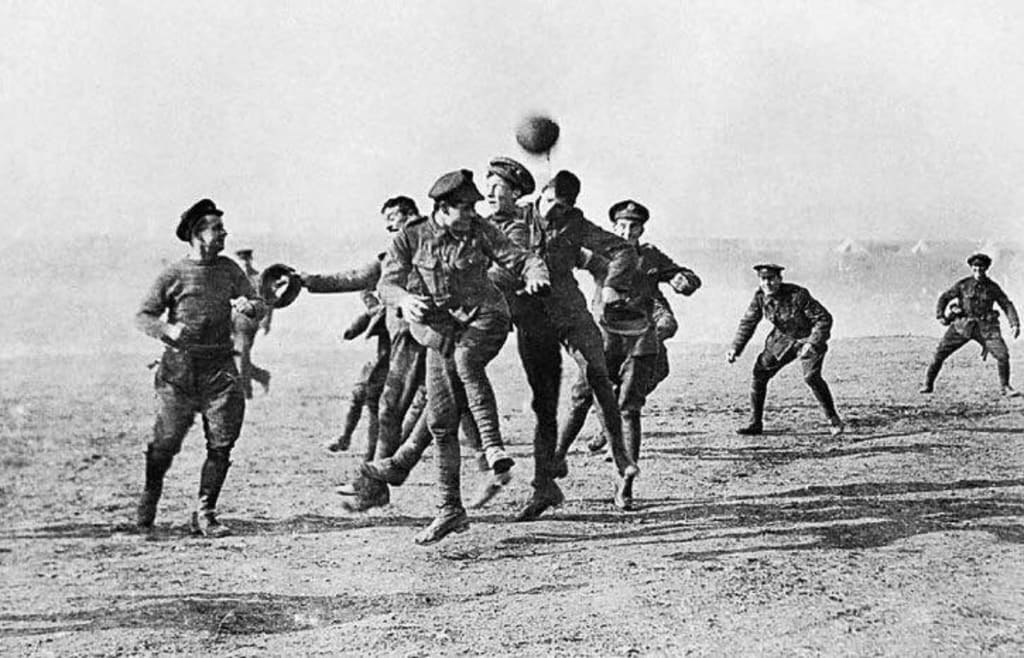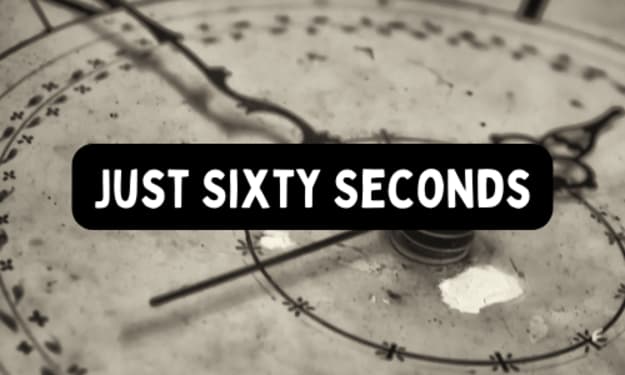Christmas Truce
Where Peace Ruled Amongst Insanity for a Brief Moment

The mention of the First World War usually conjures up the image of desolate battlefields, dead and dying soldiers, and a grinding war of attrition in the trenches. Yet one event in the months of the war summed up the feeling amongst the average soldier, sent away to fight mostly by men in a much higher social class. They were pawns for their military leaders and royal families, but the Christmas Truce of 1914 gave a glimpse of what people power can do and it shows how a very early end to the war could have been possible.
The opening exchanges of the war looked very different to that of the trench warfare from late 1914 onwards. Calvary charges across open ground and mass movement of armies looked more familiar to conflicts gone by, such as the Crimean War just over half a century before. The word from the High command on either side of the Western Front was that their soldiers would be home by Christmas. However, with the winter months drawing in it became more and more clear that the war was destined to drag on well into the new year and beyond.
In most parts of the front-line, the truce came about through a cease-fire agreement in order to bury the dead on either side from previous attacks. In others, the flicker of peace was ignited by a desire to put their rifles down and shake hands with their fellow man. The discourse used by their leaders was that the enemy was practically "sub-human" and that complete annihilation should be their soldiers' top priority. There would have been some soldiers during the truce who had no intention of playing football and exchanging chocolate with the enemy, but the anti-war sentiment prevailed.
The war had started because of a domino effect from the summer months. Partnerships and treaties had basically tied the major European powers together by the outbreak of war. National leaders were determined to use their newly acquired military power to make their mark on the continent. The incentive of winning the first modern, mechanised war was enough for Kings and Kaisers alike to send hundreds of thousands of soldiers off to fight their battles for them. Before the truce, there was a feeling of "live and let live" amongst the soldiers. There was mostly no hatred towards each other. The soldiers had no quarrels with those across no man’s land. However, this was put to and en by the leaders after the truce.
The outbreak of peace, so to speak, saw soldiers from both sides meet in the middle of the ground so many of their comrades had died over. The games of football, cards, and drinking would have taken place around the remains of soldiers fallen before them. The surreal experience of engaging with the "enemy" peacefully, especially over such large distances over the front-line, would have had many of the soldiers thinking that a more permanent peace was possible.
Word of the truce was, in the majority, kept away from the knowledge of commanders until after Christmas. It was only through the censorship of letters sent by the soldiers back home that the true scale of the truce became clear. It was worrying for the leaders, even if they didn’t show it. The truce showed that, if enough people got behind a cause, the ordinary soldier could make a difference. The truce could easily have carried on into 1915 and further haemorrhaged the battle plans of both sides.
By early 1915, most of the Western Front was once again at war. The truce would have seemed a distant memory once the war rolled into its first spring and the industrial slaughter resumed. It may have only lasted a maximum of weeks in some places, but the short time where the guns were silent showed that war does not always have to be the answer to the world’s problems—especially the petty ones which were fought over in the First World War.






Comments
There are no comments for this story
Be the first to respond and start the conversation.